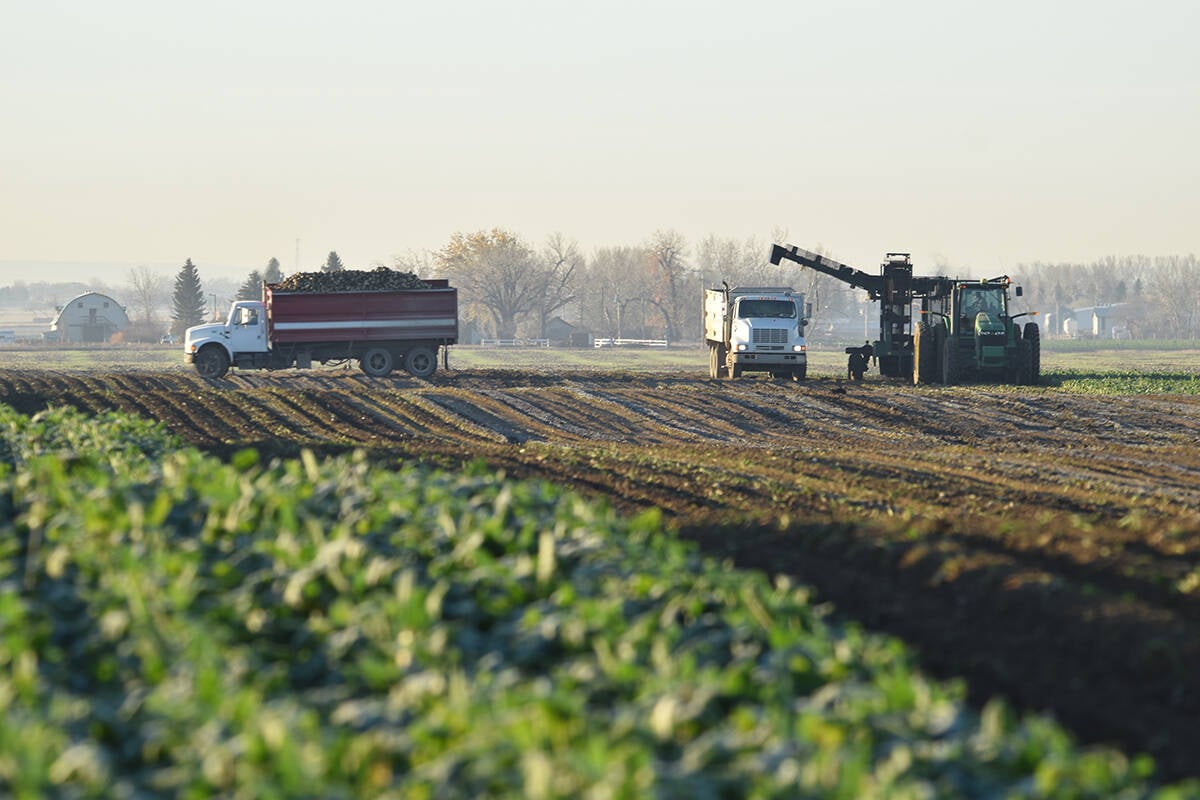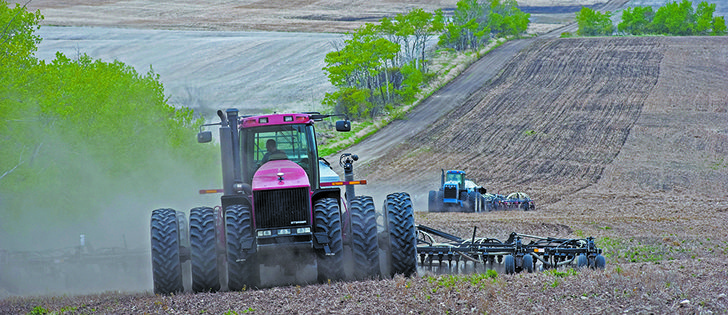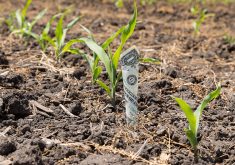WASHINGTON, D.C. (Reuters) — U.S. farmers would be limited to $125,000 a year in crop support payments in a significant tightening of farm support rules recently proposed by four senators from farm and ranch states.
There is no effective limit on payments now. Large operators collect the lion’s share of subsidies because they are based on each bushel of grain or pound of cotton grown on a farm.
“It’s time to get the program back to its original intent,” said senator Chuck Grassley, an Iowa Republican and a sponsor of the bill who is a long-time proponent of strict limits.
Read Also

Canada the sole G7 nation without a Domestic Sugar Policy to aid local sugar beet production
Canadian sugar beet industry vastly different to US with free-market system compared to protective government-regulated sugar program
He said the farm program, dating from the 1930s, was aimed at protecting small and medium-size family farms.
Besides putting a “hard” cap on payments per farmer, the bill would also crack down on payments to investors and absentee landlords. Under it, only one person living in town could collect subsidies for providing management on a given farm.
Passage of the package “would put an end to widespread abuse in farm programs,” said the National Sustainable Agriculture Coalition, which represents small farmers.
It said the chances for passage of a new farm bill would be boosted by the inclusion of meaningful payment limits.
Although the Senate included similar reforms in its farm bill last year, the version approved by the House of Representatives’ agriculture committee rejected them.
Both bills died at the end of 2012, so Congress must start over on the bill this year.
Grassley said he was confident the Senate would adopt the package this year. Republican senator Mike Enzi of Wyoming, Democrat Tim Johnson of South Dakota and Democrat Sherrod Brown of Ohio joined Grassley as sponsors. Brown and Grassley are members of the Senate agriculture committee.
The senators’ proposal would allow grain, cotton and soybean growers to collect up to $50,000 a year for all crop subsidies and $75,000 a year from the marketing loan program, for a total of $125,000 per farmer.
The total would double to $250,000 for a married couple.
There is now a $105,000 limit per farmer, or $210,000 per couple, on crop subsidies and no limit on marketing loan benefits, so there is no overall limit on payments.
The senators said a stricter definition of who qualifies for subsidies, known as the “actively engaged” rule, would greatly reduce the flow of subsidies to investors and absentee owners who take no role in running a farm but who say they provide key management direction.
Farm subsidies are available to people who provide land, equipment or capital and 1,000 hours of labour per year or active management. A decade ago, a congressional commission suggested more stringent rules on what qualifies as management.
“For too long farm program payments have gone to producers who do not need the support, and sometimes to people who are not involved in farming,” said Brown.
The 2008 farm bill was the first to deny subsidies to the wealthiest farmers, or those with more than $1.25 million in adjusted gross income. It also ended the “three-entity rule,” which allowed growers to collect subsidies directly and through two affiliates.
Payment limits are a divisive issue in U.S. agriculture, pitting cotton and rice growers in the South against the wheat, corn and soybean farmers of the Plains and Midwest, and big operators against small farmers.
Cotton and rice have the highest support rates but also high costs of production.














